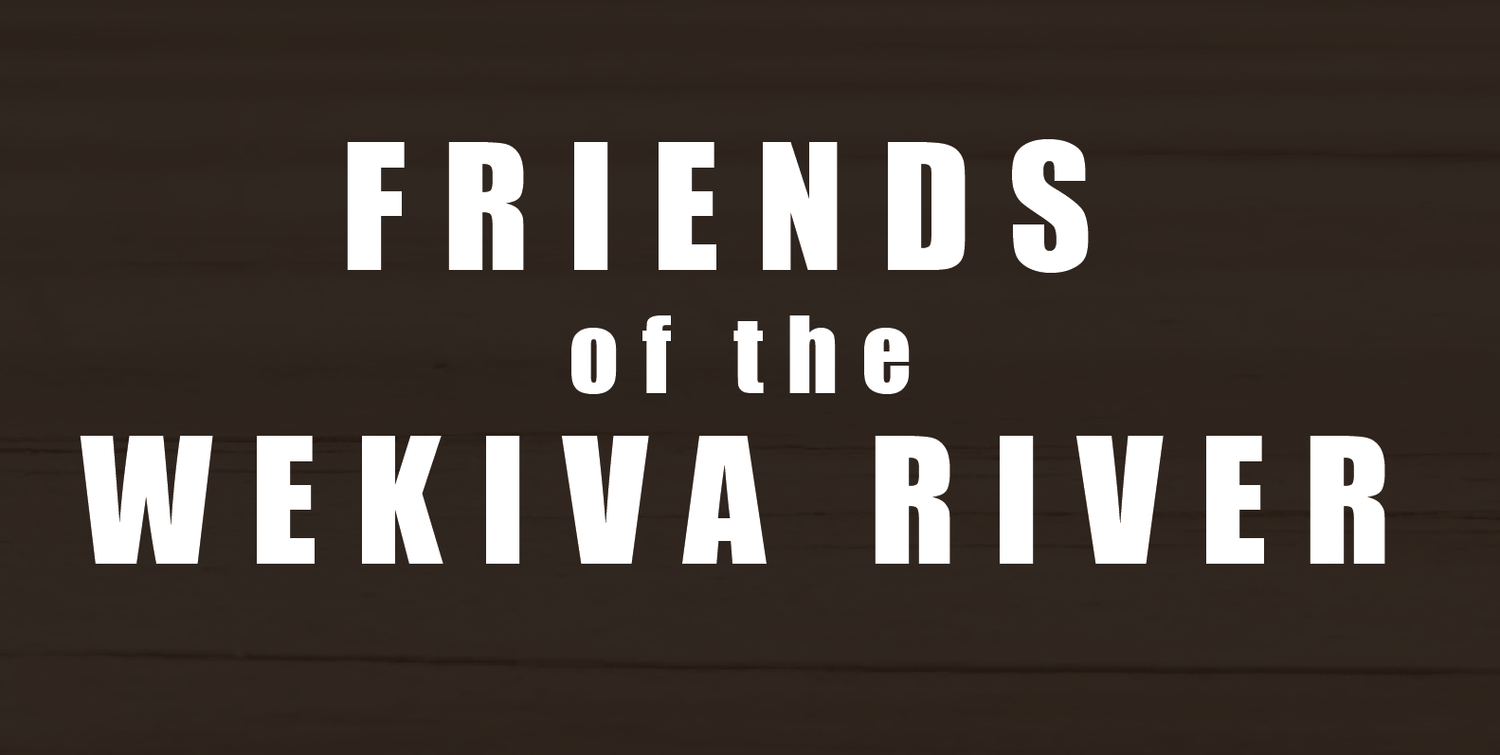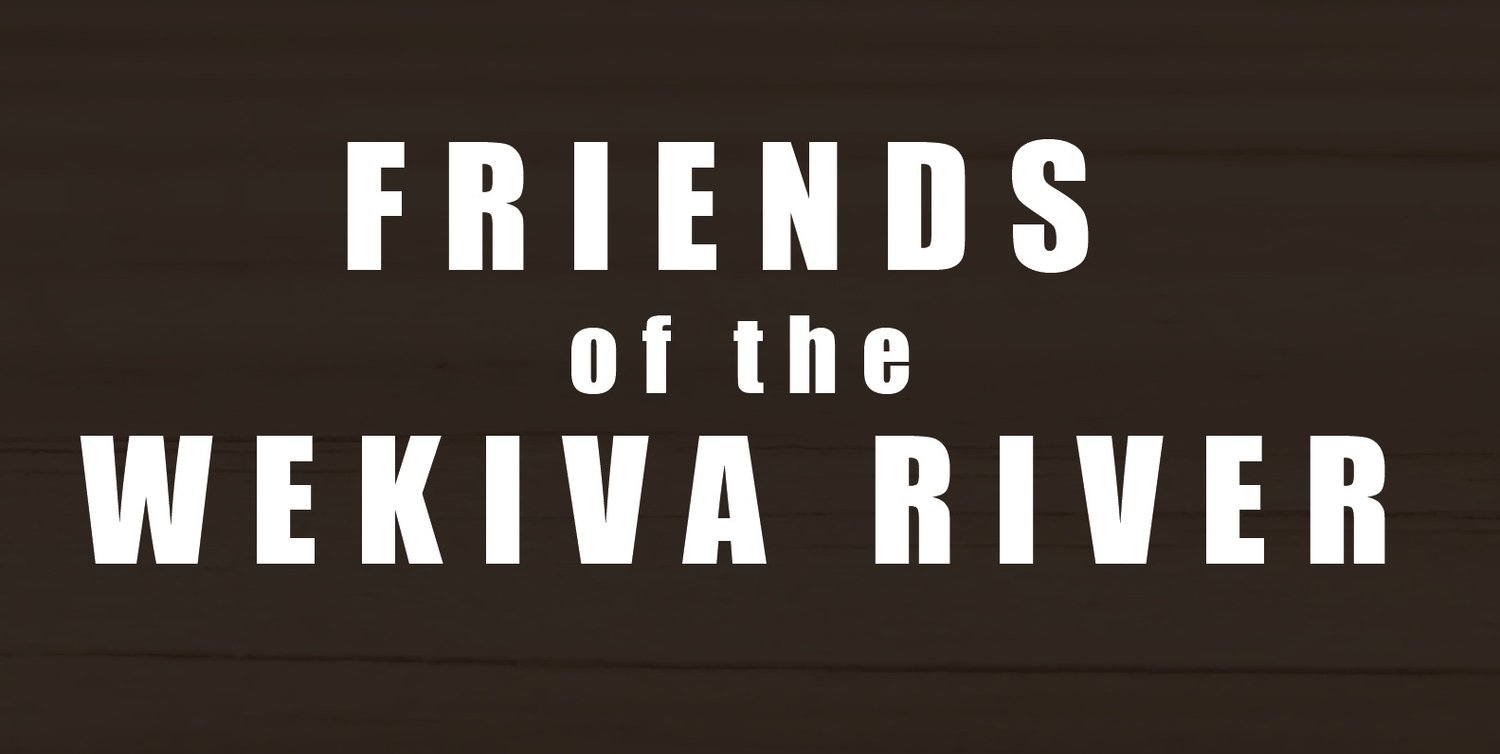My Home Grown National Park
By Weegie Henri
Last October Friends held an event featuring Doug Tallamy, who started Home Grown National Parks. His focus is on turning yards into places that support our pollinators and wildlife. Habitat is disappearing at a break-neck speed. His presentation was especially meaningful to me because two years prior my daughter, Julie, and I and started a native plant garden with the help of Fleet Farming. We fenced the area…too many plant-devouring deer call my yard “The Restaurant”. When the plants started to bloom so came the insects….bees of various sizes, green flies, “bugs”, lizards, caterpillars and yes, butterflies. As the season progressed, hummingbirds darted in to drink the nectar from the firebush. Mimosa was planted for its nitrogen-fixing quality (reducing the amount of nitrogen needed from store-bought fertilizers…thus reducing chemical runoff that gets into the groundwater and causes algae growth). This little ground cover, sometimes called sensitive plant..not because it has emotions but because when the leaves are touched, they fold up and droop...spreads and produces fluffy pink balls..visited by the smaller insects and butterflies like the little skippers. Monarchs, gulf fritillaries, white peacocks, sulfurs, swallowtails…all are welcome!
What I have come to realize is that many of the natives that I paid to have planted grow wild along the road side. For example, wild sage…I just need to transplant a few before they get mowed down!
That brings up the question…weeds or wildflowers! Terminology makes a difference! For example, Spanish needles…pesky weed or valuable nectar source?…the barbed seeds cling to my clothes. The needles mat my dog’s fur. I was always uprooting them before they went to seed…but as I watch all the insects visit, I decided we could coexist. Mother Nature knows what she is doing!
Sometimes I am both thrilled and repulsed watching what happens in my yard. For example, I looked down at the ground and my eyes fixed on a villainess wasp clutching a plump caterpillar under his thorax, slowly dragging it to its underground nest to feed his larvae. Then I watched a dragonfly pierce the body of a butterfly as the butterfly was sucking nectar from a lantana bush. Don’t interfere! Sometimes I have to let nature be nature…every creature has to eat.
As fall approached, the flowers played out. The seeds had been developing in the ovaries and held in the blossom until the plant was ready to release them. The berries are often held on the branches for a long time. The birds and deer feed on them.
Milkweed! The only food for the monarch..without it..no monarchs. A caterpillar can devour a stem in a couple of days!..Just watch one chew and grow..you can actually hear it munching if you listen carefully. They will eat the leaves, flowers, seed pods and even the stem before they are ready to pupate. The “cat” spins a button, attaches it to “something”, turns inside out and encases itself in an emerald green chrysalis decorated with gold beads. Fancy! WOW! A note on the milkweed…It spews seeds and the wind carry them everywhere…let it grow!
Oaks are another story. Oh! How valuable they are…but here is my story. This year the oaks produced a massive mass of acorns! Which happens only around every 7-10 years. The acorns start dropping from the trees in early fall...thousands of them…if I sit under my oak tree I need a helmet. The ping on the tin roof of the barn is constant; from the sunroom the acorns hitting the glass sound like hail….and all of nature’s acorn-loving animals come to the banquet.
Squirrels scurry around collecting and burying the nuts. The deer hardly lift their heads as they “graze”. The crows and robins come through in flocks, perching on the branches and nipping off nuts, holding them with their beaks as they take flight!
Then come the bears…
They crave acorns. They climb the oak trees, snap off a few branches and gorge on as many nuts as possible. They also take time for a little mischief..like upending a grill or a flower pot…and dessert…finishing off with banana plants. No respect for fences! I would not trade being immersed in this amazing season for any banana.
The acorn feast has ended but the overfed animals are still hungry. The deer have been busy pulling out my torch bromeliads to find nuts tucked deep in the base of the leaves. The squirrels are trying to remember where they cached their bounty and the migratory birds are heading north. The bears finally quit foraging for acorns under my roof line…I know because there was scat next to the wall.
Spring has sprung and with it delicious tender new growth.
My garden is again in need of protection. The bears have retreated to the woods..if they can find any. The azaleas, in their full regalia, offer ample libations for the bees and butterflies. The cycle begins again.
We all have a place in nature and we have been called to be stewards of the earth…not destroyers but protectors of our environment. Adding native plants to our yards is the beginning of restoring what we have displaced. My eyes and heart have been opened to the beauty and intricacy of nature by just walking out of my front door. I am thankful for my Home Grown National Park!
***Just as an aside, I learned that birds feed their young protein…that means caterpillars and insects..not seeds!
With this new knowledge, I do not begrudge their harvest. I am pleased that monarchs are protected because the enzymes in milkweed they ingest is poisonous to birds. They get a pass!
Resources:
Douglas Tallamy is a renowned ecologist and founder of Homegrown National Park and author of several well-known, optimism-inducing environmental books including Bringing Nature Home and Nature’s Best Hope (+ young readers edition). Doug’s books are available in print and on Spotify Premium.
Where to buy native plants for your yard: Cuplet Fern Florida Native Plant Society is having a native plant sale at the Wekiva Springs Community Club Center. (197 N Hunt Club Blvd, Longwood, FL 32779) Admission to the event is free and open to the public. The event is outdoors. We're planning for an assortment of beautiful native plants! MARCH 29th: Starting at 8:30am. MAIN EVENT. Native plants available for purchase. Come early to get your choice of the pickings. Cash or Credit. First come, first serve.
https://www.facebook.com/events/639953745637972
Learn more about native plants and native plant sales in your area by visiting: https://www.fnps.org/






